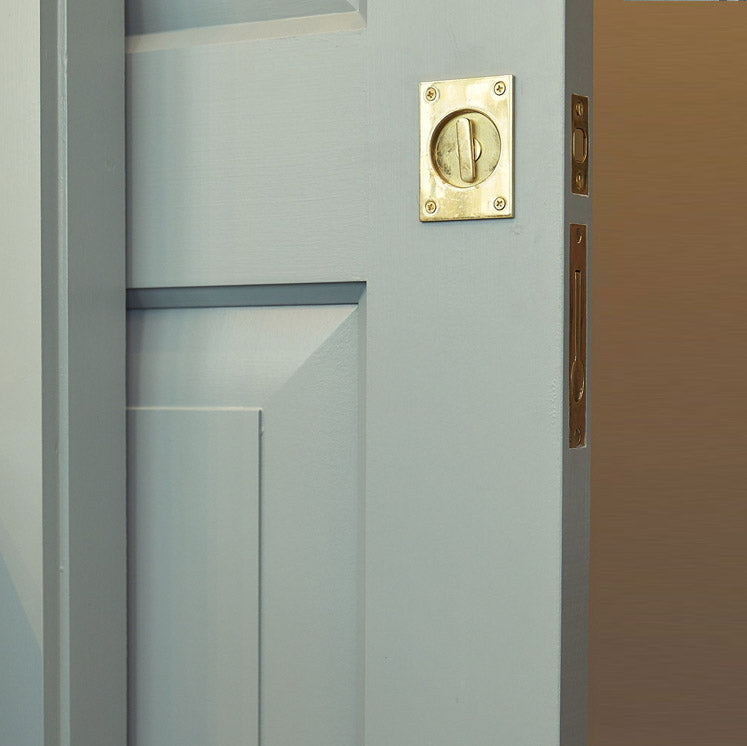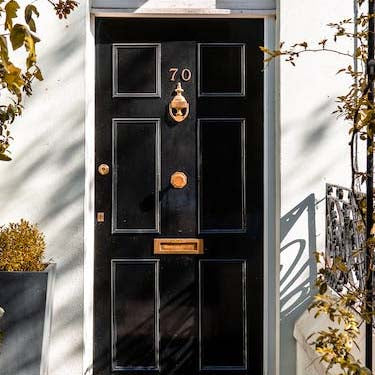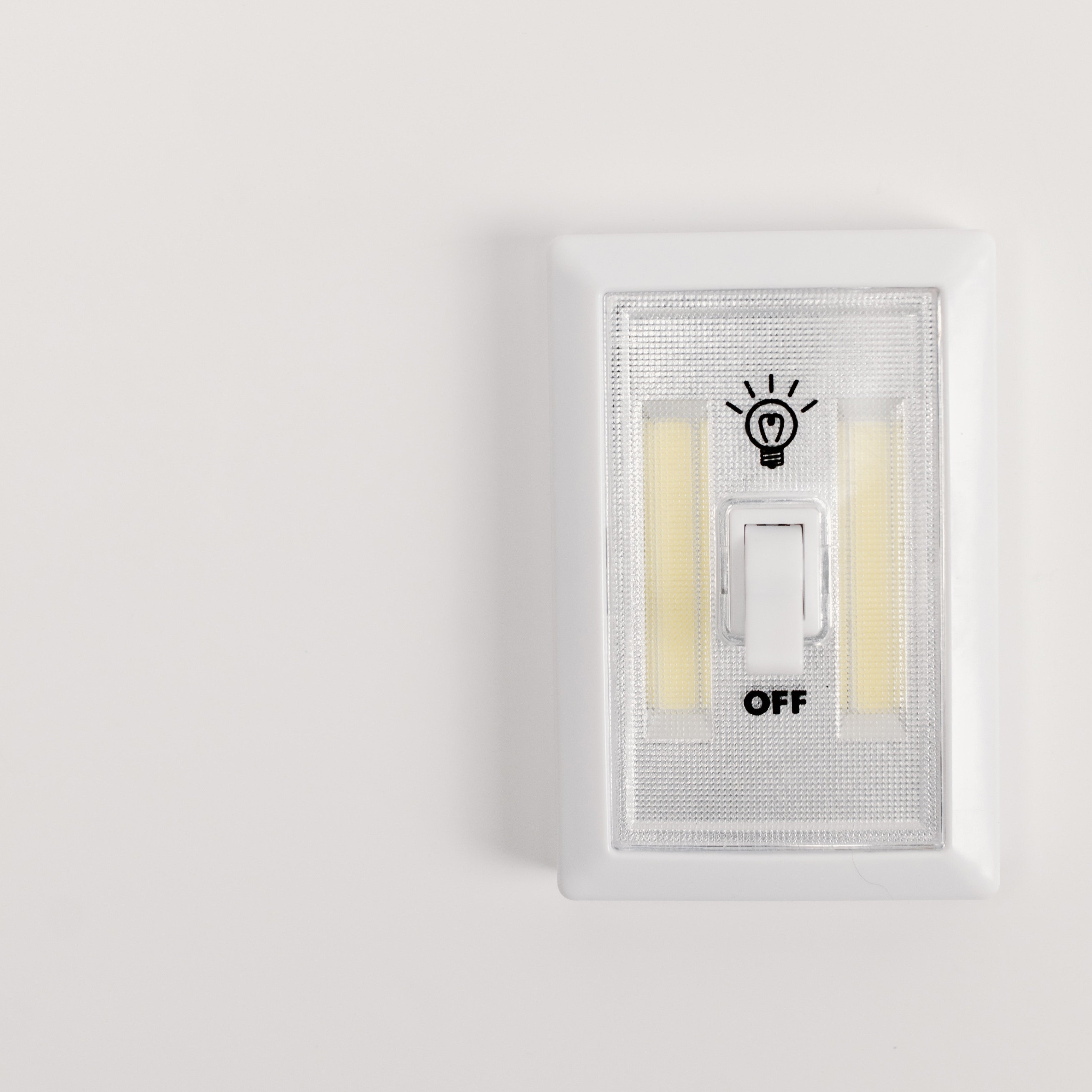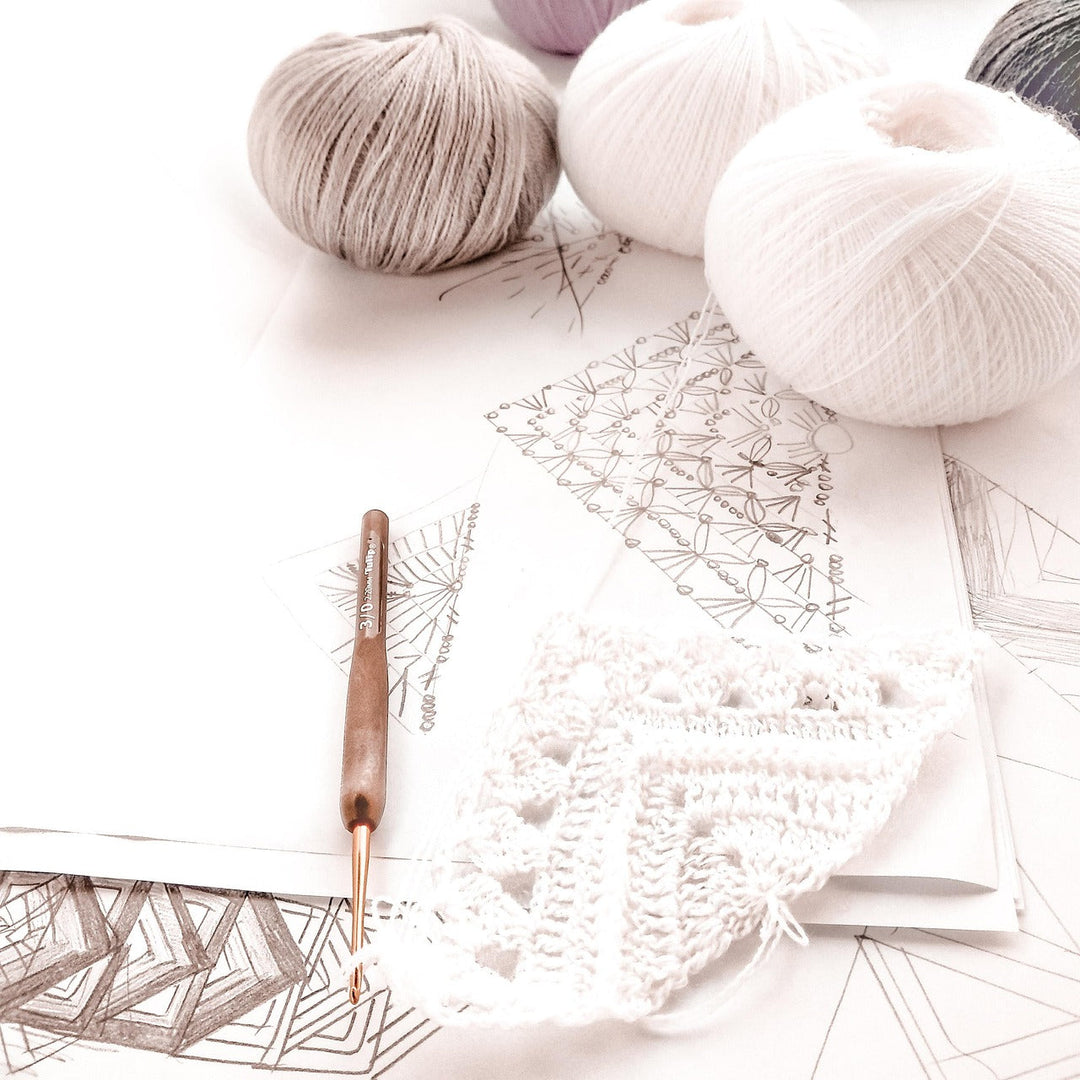Symbolism of Door Knockers and Handles in Different Cultures
Door knockers and handles, while often seen as simple functional items, carry rich symbolism and cultural significance across the world. These elements of a door are not merely practical; they serve as a point of interaction between the inside and outside, embodying a threshold of transition. Their designs, materials, and forms often reflect the beliefs, values, and artistic expressions of different cultures, making them fascinating objects of study.

Historical Significance:
Historically, door knockers and handles have been crafted with great care, often indicating the status and wealth of the household. In ancient Greece and Rome, they were elaborately designed, sometimes featuring mythological figures like Medusa to ward off evil spirits. Such imagery wasn't just decorative; it was deeply rooted in the cultural understanding of protection and auspiciousness.

European Elegance and Mysticism:
In medieval and Renaissance Europe, door knockers often depicted fantastical creatures, including dragons and gargoyles. These were believed to have protective properties, guarding the home from harm. The lion's head knocker, common in England, symbolized strength, courage, and guardianship, traits highly valued in society. These designs were not only aesthetic but also communicated a message of security and vigilance to visitors and passersby.

Asian Symbolism and Philosophy:
In Asia, door knockers and handles are imbued with philosophical and spiritual meanings. In China, they are often crafted in the form of dragons or lions, both symbols of power, strength, and good fortune. The dragon, in particular, is a sign of imperial power and authority, often used on the doors of palaces and temples. These motifs are not merely artistic; they reflect deep-seated beliefs in the protective and auspicious qualities these animals embody.
Japanese door knockers and handles, on the other hand, often emphasize simplicity and harmony, reflecting the principles of Zen Buddhism. The use of natural materials like wood and understated designs aligns with the aesthetic of wabi-sabi, which finds beauty in imperfection and transience. The humble yet elegant door handles in traditional Japanese homes signify a deep respect for nature and the fleeting nature of existence.

Middle Eastern Grandeur and Spirituality:
In the Middle East, particularly in Islamic cultures, door knockers often feature intricate geometric patterns and Arabic calligraphy. These designs are not only visually stunning but also carry significant spiritual meanings. The use of calligraphy often includes verses from the Quran, invoking divine protection and blessings for the household. The geometric patterns, with their complex interlocking shapes, represent the infinite nature of creation and the unity of God.
Additionally, in many Middle Eastern homes, separate knockers for men and women are used, each producing a different sound. This practice underscores the cultural norms of gender separation and privacy, highlighting the social customs that shape everyday life.

African Symbolism and Community:
African door knockers and handles, especially in regions like West Africa, are rich in symbolism and craftsmanship. Often made from bronze or wood, these items can feature human faces, animals, or abstract designs. The use of human faces, for example, is thought to bring ancestral protection and blessings. In some cultures, specific animal designs like the elephant or the antelope are used to represent attributes such as strength, wisdom, and grace.
These items are not just for individual households but often serve as communal symbols, reflecting the collective values and beliefs of the community. The craftsmanship involved in making these door knockers and handles also highlights the importance of artisanal skills and the transmission of cultural heritage.

Modern Interpretations and Global Influence:
In contemporary times, the symbolism of door knockers and handles continues to evolve. With globalization, designs have become more eclectic, blending traditional motifs with modern aesthetics. However, the symbolic essence remains. In many cultures, a door knocker is still seen as a symbol of hospitality and welcome, inviting guests into the warmth of the home.
In urban settings, the choice of door knockers and handles can also reflect the personal identity and taste of the homeowner. Some prefer minimalist designs that suggest modernity and simplicity, while others opt for vintage or bespoke pieces that convey a sense of history and individuality.

Door knockers and handles are much more than functional objects; they are cultural artifacts that tell stories about the societies that create and use them. From the protective lions of England to the auspicious dragons of China, from the spiritual calligraphy of the Middle East to the ancestral faces of Africa, these items are rich in meaning and significance. Exploring their symbolism offers a unique glimpse into the diverse ways human beings across the world understand and express concepts of protection, hospitality, and identity. As such, they are worthy of appreciation and study, not just for their aesthetic value but for their profound cultural resonance.























Leave a comment